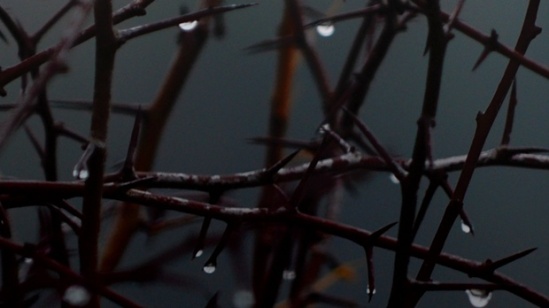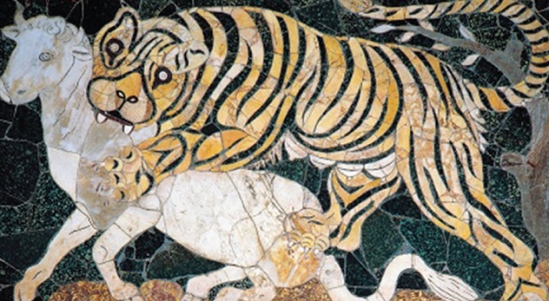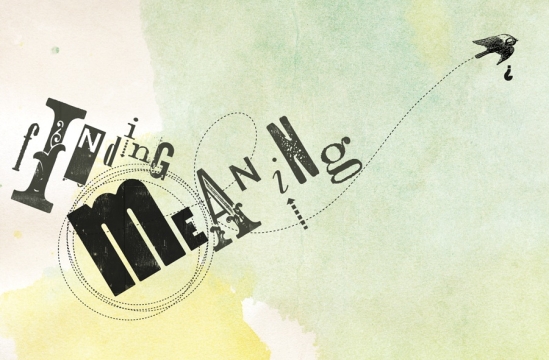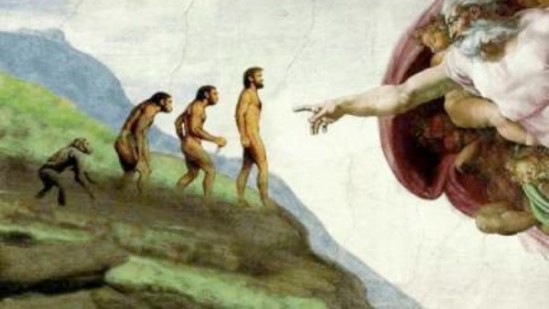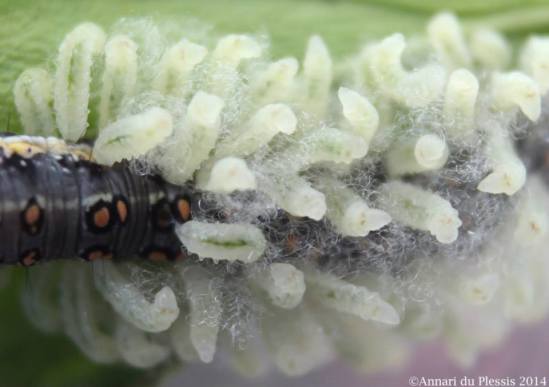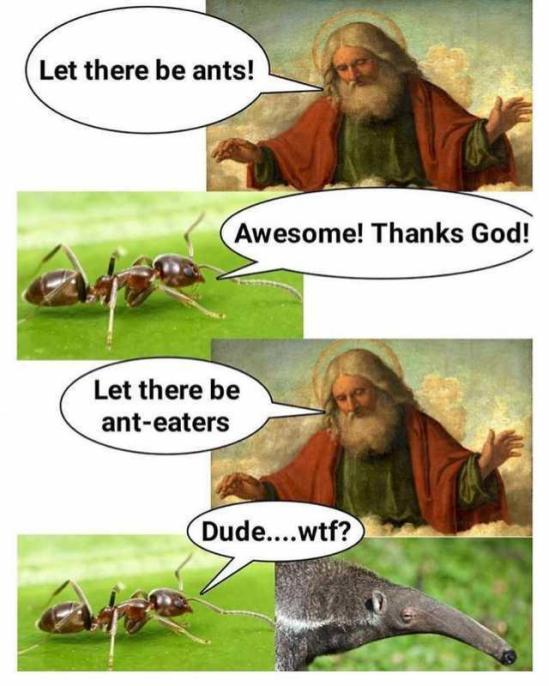This will be the final chapter in the blog series which began in February 2014. It dragged on longer than it should have since I completely lost motivation to continue with it, but recently decided to get back in the saddle and complete what I had started.
Onwards to salvation and eschatology!
![]()
Salvation
Mark Isaak mentions the views of Heber J Grant and Henry M Morris who argue that without a literal Fall (discussed here), there is no need for redemption and thus no need for Jesus or for Christianity at all. It is reductionist to see the purpose of Christ as simply atoning for original sin. The death and resurrection of Jesus is better seen as, in the words of Jack Mahoney, a “cosmic achievement for humanity” which rescues us from “the evolutionary destiny of individual death.” Karl Rahner makes an important point when he says that the Incarnation is “no fresh attempt on God’s part in which he strives once more to achieve as redeemer in the world what he failed to achieve as creator of it.” God did not need to fix a botched attempt at making a cosmos with human beings.
There are different views of salvation and Karl E. Peters makes a distinction between what he calls the “linear-dichotomous” and the “systems-relational” views of salvation. The linear-dichotomous view states that salvation means changing one’s ways from one direction to the opposite direction. Peters refers to the example of John Hick where salvation is seen as turning away from self-centeredness to Reality-centeredness or God-centeredness. The systems-relational view starts from the premise that human beings are social creatures. Salvation works on a relational level and has “mutually enhancing relationships” expressed as “ever-widening, mutually supportive communities of humans, nature, and God” as its goal (Peters). The goal is reconciliation. This reconciliation is possible with or without a literal Fall event.
Peters writes that “a major event in the evolution of evolution or of the immanence of God as Spirit and Word took place about two thousand years ago.” This major event is the life, death, and resurrection of Jesus. This event is not dependent upon God’s creative action in designing the universe or in intervening in the path of evolution. Rudolph Brun states that from “an orthodox Christian perspective, God’s plan of salvation is executed not by his fine-tuning the Big Bang or intervening to bring forth life or human beings but through the death and resurrection of Jesus.” Peters refers to the words of Gordon Kaufman to illustrate this major event: “this radical love of Jesus was a new and transformative development of the creativity that underlies the evolution of the universe in all its emergent phases.” This love and example of Jesus provides “a new cultural selection criterion for human behaviour” and “the Spirit created new opportunities for mutually supportive relationships not only among a small group of original followers of Jesus but among all peoples” (Peters). This allows people to go beyond themselves and put others first.
Jesus Christ provides a new way of life for this world. Pierre Teilhard de Chardin spoke of an “Omega Point,” where the cosmos is consummated in Jesus Christ. The view of Teilhard de Chardin is conveyed by John Haught as follows:
Christianity, Teilhard is convinced, provides a coherent alternative to materialism’s misreading of evolution. The wellspring of evolution is the incarnation of God in Christ. The God who is coming and who takes flesh in Jesus is the foundation on which the universe leans “as its sole support.” What is really going on in evolution, therefore, is that God is becoming increasingly more incarnate in the world, and the world is “exploding upward into God.” Beneath the surface of nature, about which science speaks analytically and reductively, what is going on is the eternal drama of God’s creativity, descent into the world, and promise of final renewal.
The words of the Apostle Paul come to mind once again, where the whole of creation is groaning in anticipation of the consummation in Christ. Christopher Southgate points to the Orthodox insight of the eucharist as having a cosmic significance: “it is in eucharist that this human freedom is seen at its most characteristic. In the power of the Spirit, the self is offered, utterly, back to God whose Word made possible all selving, and in doing so the self is caught up in the life of the Trinity whose essence is self-giving.” Denis Edwards insists that the Cross is not a necessary outcome of the creation of the universe:
The Cross is an unpredictable and contingent event. Christian theology needs to insist on the contingency of the cross for two reasons. First, the whole Christ-Event is to be seen as a totally gratuitous act of God. And second, the brutal act of crucifying Jesus ought not to be seen as simply the following out of a preordained divine plan, but more as God bringing life out of what was in itself a sinful and destructive act.
It is important to emphasise the choice that was made with regard to the Cross. It was not an inescapable, fixed event that was bound to happen. It was something God chose to do, knowing the horrific act of crucifixion and death.
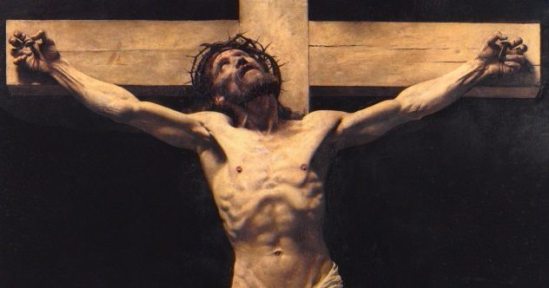
Eschatology
Southgate states that “[t]he notion of a future hope for the organisms of the planet is likewise one on which Darwinism can make no comment, because Darwinism is an explanation of processes and phenomena, not an account of hopes or values.” Any such notions are beyond the field of evolutionary science and can only be pondered theologically. John Polkinghorne imagines the world of the eschaton as follows:
The “matter” of that resurrected world will be the transformed matter of this dying universe, transmuted by God in his faithful action of cosmic resurrection. It will have new properties, consistent with the end of transience, death, and suffering, because it will be part of a new creation, now no longer standing apart from it(s) Creator as the “other,” and so paying the necessary cost of an evolutionary world’s making of itself, but fully integrated with the divine life through the universal reconciliation brought about by the Cosmic Christ.
The transformed matter will be free from the cost of this world, which includes a great amount of suffering and waste. This is possible through Jesus Christ. Southgate states that because the Christ-event “takes all creaturely experience into the life of God in a new way,” it “thereby makes possible the transformed life of creaturely selves at the eschaton.” The bodily resurrection of Christ is the first hint of this transformed life. Diverse theologians such as John Wesley, Keith Ward, John of the Cross and Paul Tillich believe that animals will also participate in some form of redemption. RJ Russell also agrees that all life on earth will be part of the new creation with the Cosmic Christ. Southgate provides three reasons for considering that animals would also take part in the redeemed creation:
- There are a few enigmatic texts in the Bible that point in that direction.
- In the Bible, humans are always visualized in the context of creation.
- A conviction as to the goodness of God requires it.
Jürgen Moltmann has strong convictions regarding the victims of evolution and their redemption:
Christus evolutor without Christus redemptor is nothing other than a cruel, unfeeling Christus selector, a historical world-judge without compassion for the weak, and a breeder of life uninterested in the victims. … Not even the best of all possible stages of evolution justifies acquiescence in evolution’s victims. … There is therefore no meaningful hope for the future of creation unless “the tears are wiped from every eye.” But they can only be wiped away when the dead are raised, and when the victims of evolution experience justice through the resurrection of nature. Evolution in its ambiguity has no such redemptive efficacy and therefore no salvific significance either. If Christ is to be thought of in conjugation with evolution, he must become evolution’s redeemer.
In his Goshen lectures, Polkinghorne states that “the suffering of prehuman life must not be justified as a ‘means-end’ to humanity. There is no way to justify the notion of the suffering of nature, by claiming that it’s somehow worth it because we got here.” Justifying suffering as a means to the end of the evolution of our species does not address the suffering of our own species, nor that of species having nothing to do with our evolutionary path. Again, the words of Ann Pederson are important: “We must reject universal categories of suffering that wipe out the pain of individuals who suffer.”
Several ideas regarding the immortality of species and individual creatures have been set forth. “Objective immortality” states that all creatures are taken up into the perfect life of God. John Haught states that “somehow every perishing life and every past event is preserved eternally in God.” The question is whether being remembered is enough. Jay McDaniel doubts that this remembrance does justice to the suffering. McDaniel explains that “[t]he problem is not death, it is incompleteness.”
Denis Edward posits four possibilities of immortality:
- Universal resurrection, which is the view of Moltmann.
- Objective immortality, as described by Haught.
- A modification of objective immortality to include subjective existence at the eschaton.
- Material inscription, an idea put forth by Ernst Conradie. The history of the cosmos is in some way inscribed in the eschaton, where nothing is lost and that history can be transformed.
I want to insert an excerpt from Christpher Southgate’s 2002 article, God and evolutionary evil: Theodicy in the light of Darwinism, pg 280:
There is an important further dimension to consider. An ongoing process of redemption, inaugurated at the Cross, does not wipe the tears from the eyes of evolution’s myriad past victims. We also need to postulate what Jay McDaniel called “pelican heaven”—that sphere in which those victims are able to fulfil their being:
If the [insurance pelican] chick does continue in some way (after death), and if God is immanent within him as a lure toward fulfilment in that state just as God was immanent before, it becomes imaginable that, in time, the pelican would experience his own fulfilment of needs and interests, his own redemption. The risk taken by God in luring the world into life, which set the stage for pelican life, was then worth it, even for this chick. (McDaniel 1989, 47)
I endorse this insight as to the importance of “pelican heaven”—agreeing with Moltmann that God does not abandon the victims of evolution or merely remember their lives (as Haught says) but offers them recreated life, fulfillment in company with the divine life. (Where I would differ from McDaniel is in seeing this notion of pelican heaven as necessary to postulate because of the teleological character of this creation. Otherwise, the question of why God did not simply create pelican heaven becomes a problem for the theodicist.)
Summary of the Proposal. This proposal of mine, then, mounts a defense of teleological creation using a combination of theological resources:
- I acknowledge the pain, suffering, death, and extinction that has been intrinsic to the evolution of creation.
- I affirm God’s co-suffering with every sentient being in creation.
- I take the Cross to be indicative of this compassion and to inaugurate the transformation of creation.
Edward sees the Holy Spirit as the one who inscribes the history of the cosmos in the divine life and he agrees with McDaniel that redemption for each creature will be “in a form appropriate to that creature. While for some creatures that may be a subjective immortality, for others it may be that of being held in the eternal life of the Trinity and the communion of saints.” Perhaps the most definite answer that can be given regarding the eschaton is, in the words of Thomas Sieger Derr: “hope without details.”
In reaction to and because of being deeply touched by the notion of pelican heaven, I made a photomanipulation:

Conclusion:
From the various sections in this chapter it is obvious that the theory of evolution has bearing on a great many aspects of theology. Each one of these aspects can be explored in depth and can yield many positive and meaningful contributions to theology. The question regarding suffering is where a religion stands or falls. The views of theistic evolution makes sense of suffering and provides satisfactory answers to the very difficult questions. It does not provide all the answers, but no theology can. As Bram van de Beek states, the Bible does not give us all the answers, but it does illuminate the questions. It is the same with theistic evolution.
Sources:
Brun R B. 2002. Cosmology, cosmic evolution, and sacramental reality: A Christian contribution. Zygon 37(1): 175-192.
Isaak, M. 2007. The counter-creationism handbook. Berkeley: University of California Press.
Mahoney, J. 2011. Christianity in evolution: An exploration. Washington: Georgetown University Press.
Pederson, A M. 2009. All God’s critters: A feminist reflection on Darwin and species. Word & World 29(1): 47-55.
Peters, K E. 2007. Toward an evolutionary Christian theology. Zygon, 42(1): 49-63.
Russell, R J 2008. Cosmology from alpha to omega: The creative mutual interaction of theology and science. Minneapolis: Fortress Press.
Southgate, C. 2002. God and evolutionary evil: Theodicy in the light of Darwinism, Zygon 37(4): 801-824.
______2008. The groaning of creation: God, evolution, and the problem of evil. London: Westminster John Knox Press.
Van de Beek, B. 2005. Toeval of schepping? Scheppingstheologie in de context van het modern denken. Kampen: Uitgeverij Kok.


